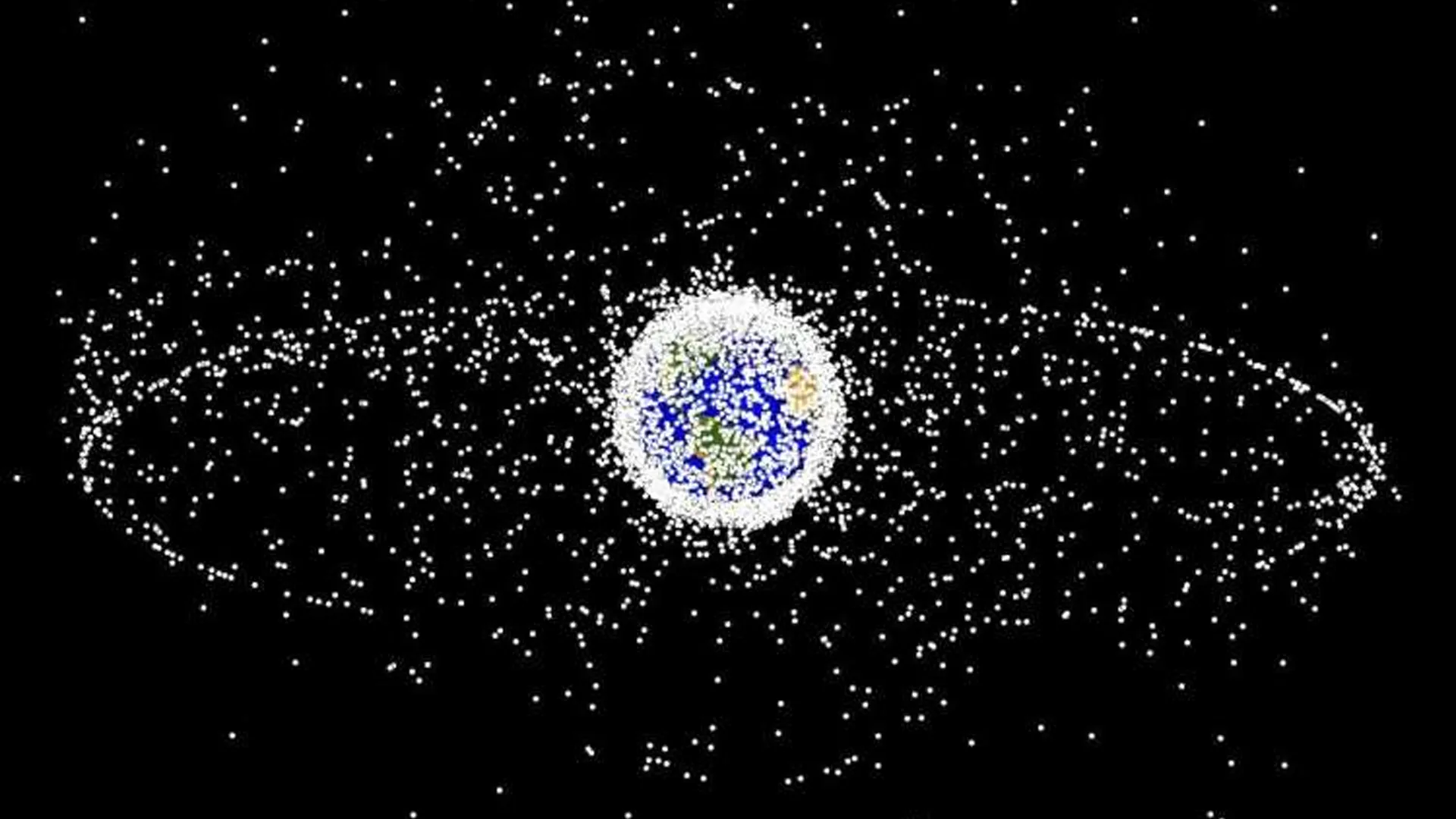NASA has revealed a $3 million prize as part of its LunaRecycle Challenge to prompt scientists and innovators to create solutions for the recycling and management of human waste in space. The competition, which ended on March 31, hopes to address the issue of close to 96 bags of vomit, urine, and feces that astronauts left on the Moon over 50 years ago during the Apollo missions.
With its Artemis program on the verge of returning astronauts to the Moon’s surface, NASA is looking for sustainable waste management technologies that will facilitate long-duration missions and allow for sustained human presence on the Moon and beyond.
A Call for Sustainable Solutions in Space
NASA has challenged the world to come up with systems that can turn human waste, such as feces, vomit, and urine, into useful products such as drinking water, fertilizer, and energy. The winning solution will be used in future lunar missions to ensure sustainable space travel.
“NASA is committed to sustainable space exploration. As we prepare for future human space missions, we will need to consider how to minimise various waste streams, including solid waste, as well as how to store, process, and recycle them in a space environment so that they are returned to Earth as little as possible,” the agency stated.
NASA hopes to minimize toxic emissions from what it jokingly called a “galaxy fart, fart away.” The agency pointed out that the LunaRecycle mission not only solves the environmental issue of waste left behind on the Moon but also lays the foundation for establishing a sustainable future in space.
The Legacy of Apollo: 96 Bags of Human Waste on the Moon
Astronauts threw away all unnecessary gear and garbage, including biological garbage, to accommodate samples of moon rocks during the Apollo flights of the 1960s and 1970s. These included 96 bags of urine, vomit, and feces, which are still on the Moon today.
NASA now wants to convert that issue into an opportunity. “Whereas past initiatives aimed at minimizing trash mass and volume, this challenge will emphasize technologies for recycling waste into useful products required for off-planet science and exploration endeavors,” the agency stated in a press release.
The officials are in the process of evaluating the submissions from the participants. The agency will select the most promising ideas for further development. The winning concept will be given a $3 million prize and the chance to shape the next generation of space missions.
Modern Waste Management in Space
NASA’s haste in addressing this problem is due to the growing demand for effective waste management in space. Missions to the Moon and Mars of long duration necessitate systems that not only minimize waste but also recycle it to sustain life.
Currently, astronauts aboard the International Space Station (ISS) manage waste manually. They sort it into bags, which are stored onboard until they can either return to Earth or burn up during atmospheric re-entry, depending on the spacecraft. However, this solution is not viable for deep space missions.
NASA estimates that a group of four astronauts may generate as much as 2,500 kilograms of waste every year. This waste occupies storage space and may also present biological and physical risks. Effective recycling provides a solution that mitigates these dangers while recycling waste into valuable resources.
Tiny pieces of waste are already being metered into high-temperature reactors on board the ISS. These burn the waste into water, oxygen, and other gases. The by-products are reused or vented safely, and the residual solid mass is minimized in size and biological hazard.
Where Does Human Waste Go in Space?
Without traditional plumbing, astronauts are not able to flush waste in space like they can on Earth. Instead, human waste is packaged with other trash and jettisoned off the ISS. This waste is incinerated when it re-enters Earth’s atmosphere.
In a 2015 report by Forbes, quoting NASA, they described what happens to feces while in space: “[The faeces] will burn up in the atmosphere and look like shooting stars,” NASA said. “Your faeces will not be shooting stars.”
Towards a Cleaner and Smarter Space Future
As NASA moves toward its Artemis missions and beyond, the LunaRecycle Challenge is an important step toward establishing a circular waste economy in space. The agency sees future lunar and deep space missions that produce little waste and make the most of resources through recycling.
Apart from maintaining the Moon’s surface, the LunaRecycle Challenge provides a benchmark for managing biological waste on interplanetary flight, making space exploration sustainable, efficient, and ethical.
With competition entries under consideration, the world waits for the creative ideas that would not only restore the Moon’s surface but also create a new horizon for human spaceflight.























